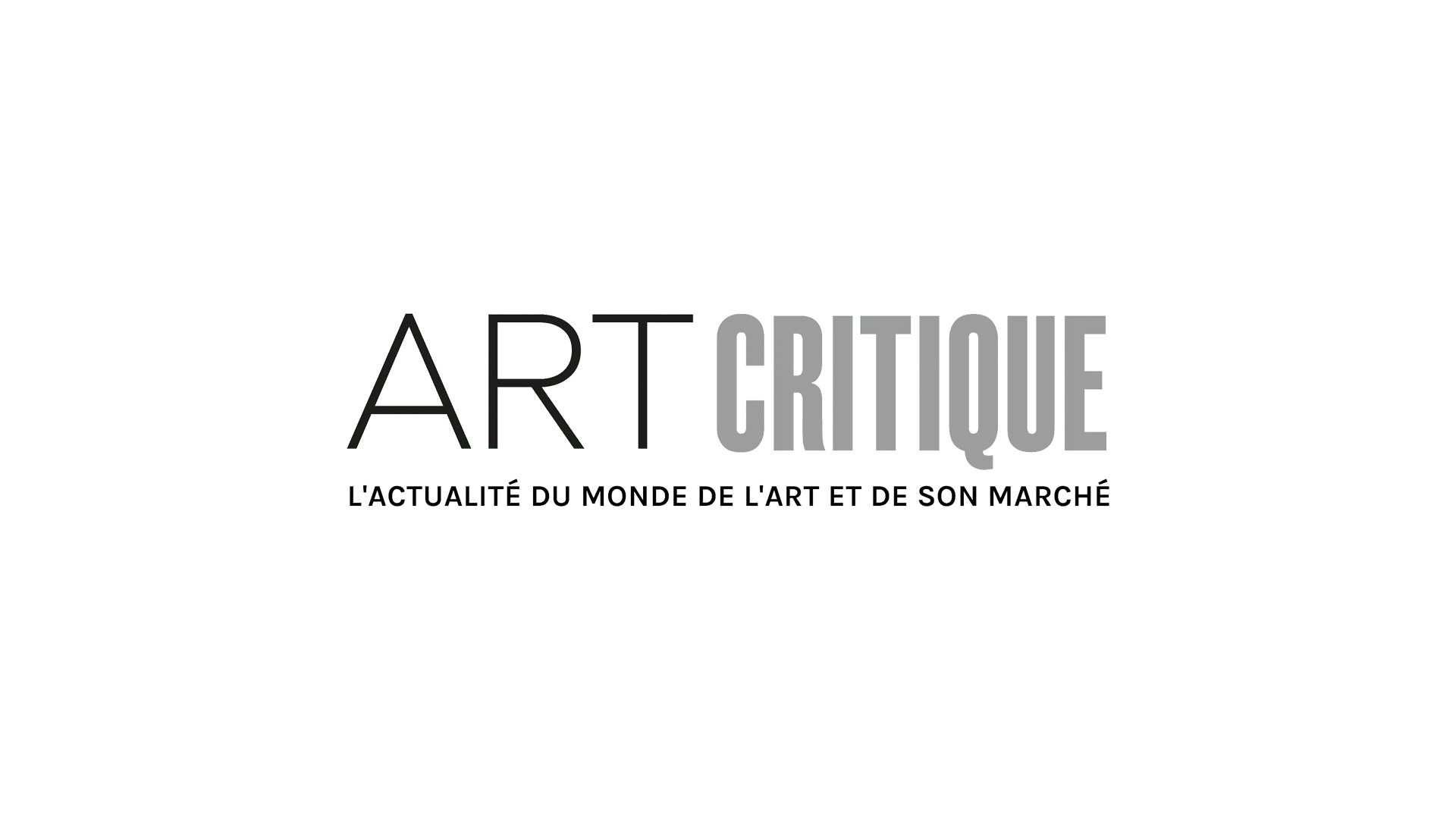Art museum professionals are breaking free of the “passion-as-payment” mentality facing many workers in the United States. In the past six months, staff members of two different modern and contemporary art museums have unionized to protest working conditions for full-time and part-time employees. The Museum of Modern Art in New York (MoMA) has clashed with museum personnel in the past, but the latest bout came in the Summer of 2018. Staff mobilized to secure long term contracts, higher pay, and better benefits. Last week, 75 employees of the New Museum, faced with similar issues of injustice in the workplace, came together to submit their application to unionize. The high expectations museums have of their professionals require both in-the-field experience and a high level of education in art history or museum studies. Entering the museum or art world workforce is plagued with exclusion due to low wages and unpaid internships. In taking a stand through union efforts, museum employees can raise awareness of unfair working conditions in public spaces created for cultural enrichment.
Expectations of many museums and arts organizations are that potential workers pay their dues at the beginning of their career by working for little to no pay. My first museum job was a contract position with no particular job security. The museum promoted me to a salaried position within a year, but many professionals in the field are not so lucky. Recent surveys from the American Association of Museums (AAM) found that 54% of museums polled had full-time unpaid internships. Although there are forward-thinking groups that support museum diversity and offer career support, such as Museum Workers Speak, AAM found that 92% of museums reported that no part of their workforce was unionized. According to Athena Christa, an engaged member of MoMA’s union efforts, “Arts workers are often expected to make personal and financial sacrifices for the honor of working in a prestigious arts institution. It’s true that we are privileged to have the opportunity to do work we are passionate about, but that often comes with a price paid in under-compensated (and sometimes uncompensated) labor.”
The Museum of Modern Art in New York has a history of staff activism. In May of 1972, the professional and administrative staff association of the MoMA carried out a strike to obtain what they considered to be a fair contract. Almost 50 years later, the staff at the art institution organized under the UAW union seeking job security, adequate pay, and increased coverage of health benefits. The UAW (Local 2110), supports 30 contracts and over 3000 workers in universities, publishing, museums, law firms, and other offices. During the 122 days of bargaining, MoMA professionals challenged the institution through negotiation, picketing, and a group walkout. On August 16, the union secured better contracts for MoMA staff that included 5-year-contracts, improved health benefits, salary raises, and chances for upward mobility.
The New Museum’s founder, Marcia Tucker, envisioned an institution that challenged art-world stereotypes – not only with the kinds of art exhibited but also in terms of the internal structure of the museum. Tucker wanted a collaborative, self-critical and transparent organization model. This vision as reiterated by the New Museum’s union mission statement is at odds with the museum’s current labor practices and its 85-million-dollar capital campaign to double its capacity. The union initially started with 74 members who submitted their application to mobilize as an affiliate of the UAW union. The New Museum’s management recently made strides to squash union efforts by hiring a law firm, Adam Nash Haskell & Sheridan: a firm that specializes in undermining unions. Since hiring the legal representation, the New Museum has shrunk the union to around 45 staff members by claiming certain staff members as “supervisors” or “confidential staff.” Grassroots efforts to unionize at the New Museum may prove to be a catalyst for other museums around the country.
Maurice Rheims, a French art auctioneer, once said, “museums are the churches of collectors.” This description may have held true at a certain point of history, but with increasing expansion of museums and their outreach initiatives over the past 50 years, it is clear that this is a mind frame of the past. Museums are no longer for only the affluent and cultured – they are for the public. For art institutions to serve the public, conserve objects, and promote culture, it is necessary that they have well-trained and dedicated museum professionals. Art institutions need to take care of their workers plagued by high-cost city living, student debt, and hopes of a stable financial situation that allows them to work at an organization they are passionate about.
Image: MoMA’s union staff protest in lobby – @momalocal2110 on Instagram





